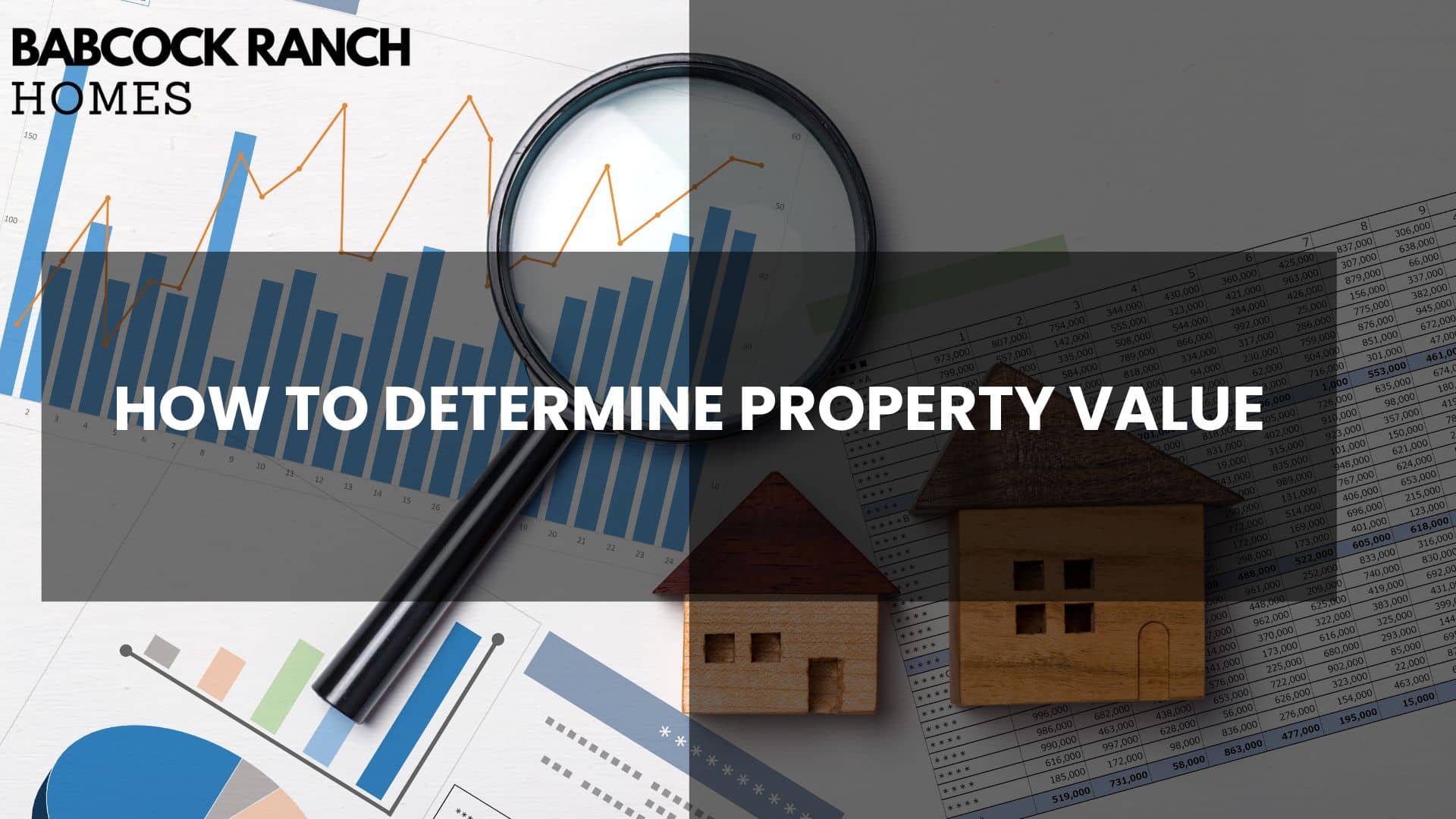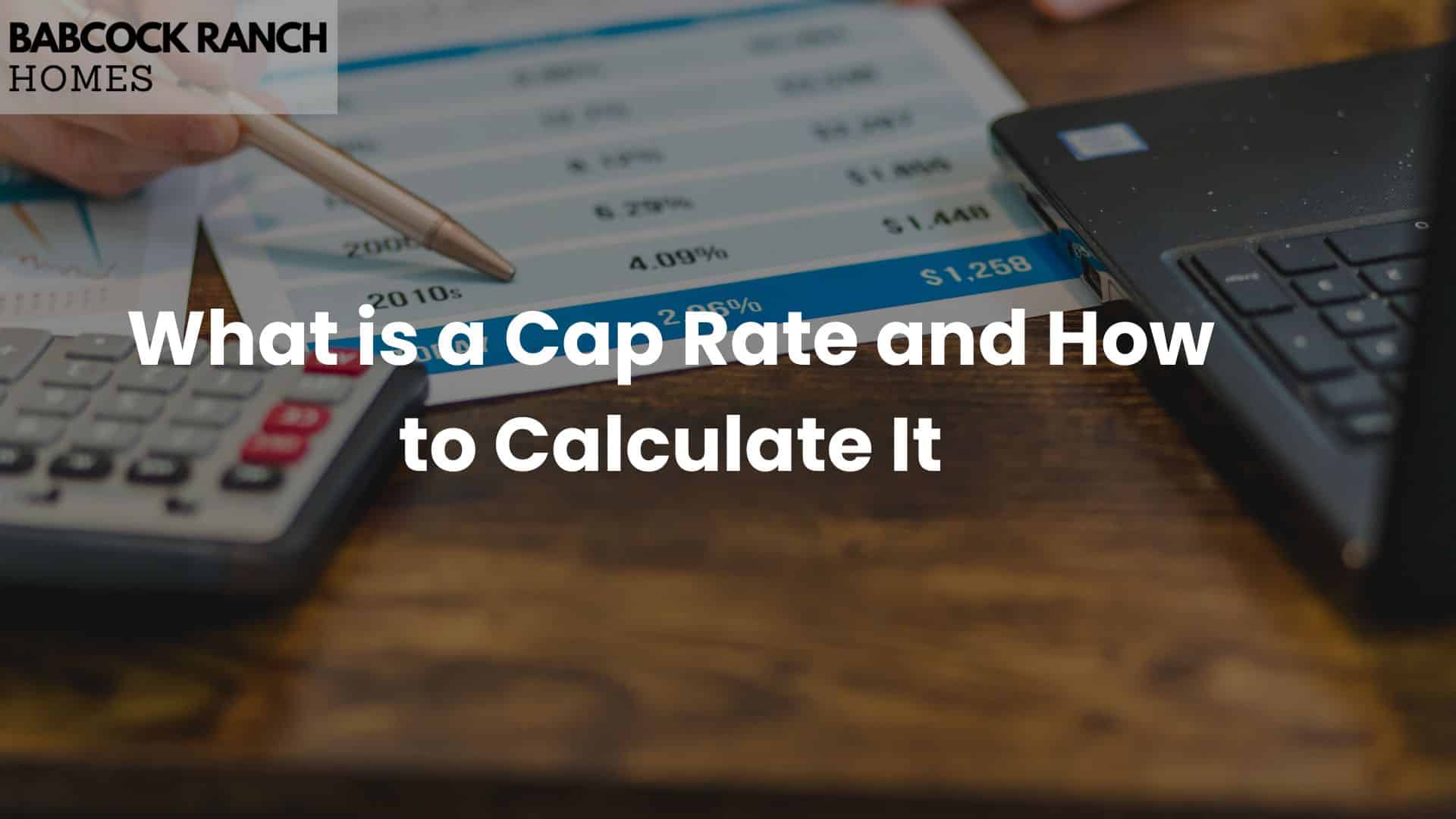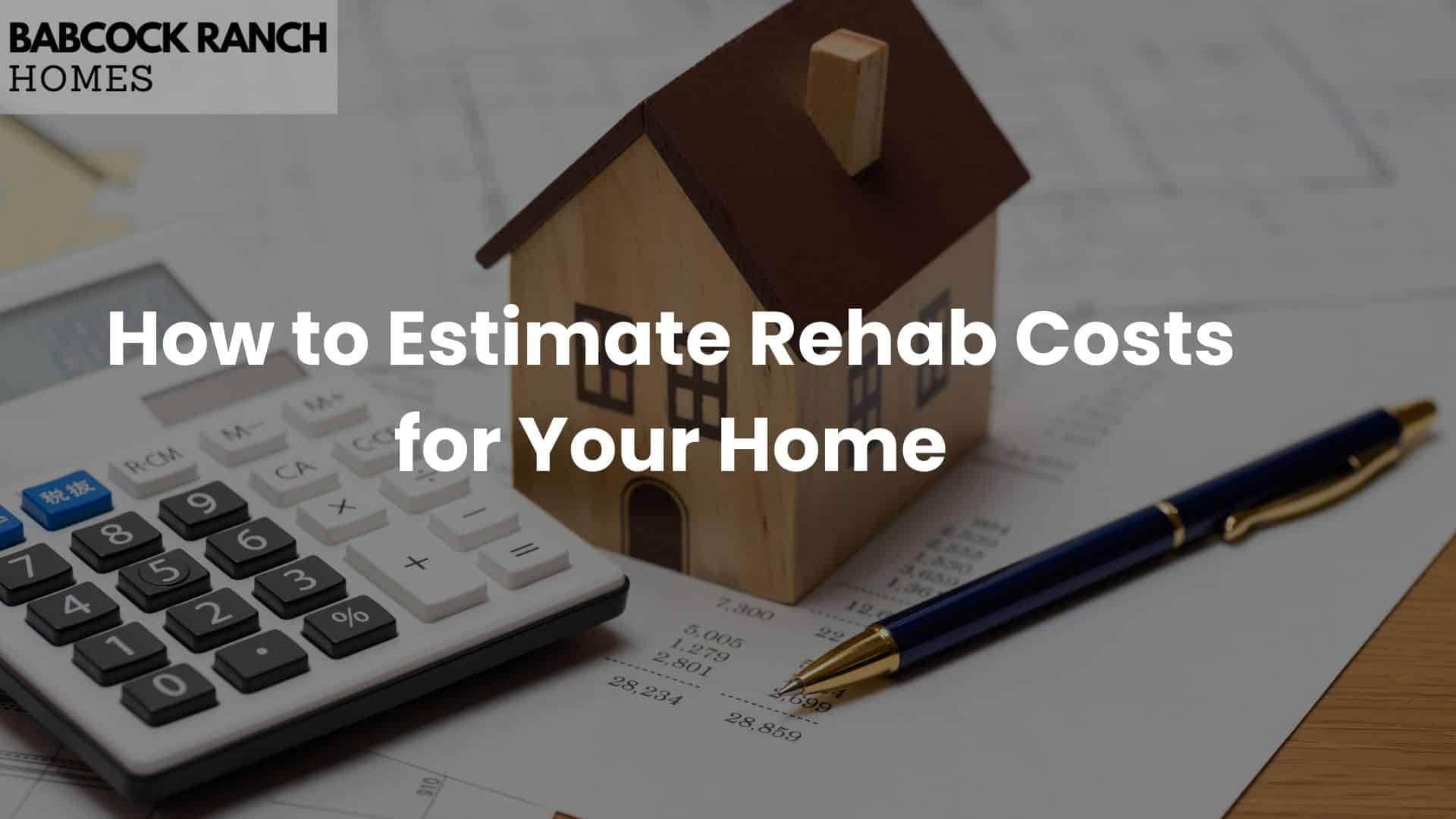
For rental property owners and investors, maximizing financial returns requires smart tax strategies. One powerful tool allows gradual recovery of asset costs over time. This method reduces taxable income while preserving long-term equity growth potential.
Babcock Ranch Homes, a trusted Florida real estate partner, offers expert guidance on navigating these concepts. This guide breaks down technical details like MACRS systems, annual deductions, and IRS reporting requirements. Whether you own a single-family rental or manage multiple units, understanding these principles unlocks significant savings.
The process involves spreading a building’s purchase price across 27.5 years for residential properties. Land value isn’t included—only structures and improvements qualify. Proper documentation ensures compliance while optimizing deductions each tax season.
At Babcock Ranch Homes (518-569-7173), our specialists help clients balance immediate tax advantages with future sale considerations. This approach maintains property valuewhile aligning with IRS regulations. Let’s explore how strategic planningtransforms depreciation from an abstract concept into actionable savings.
Key Takeaways
- Cost recovery spans decades, offering annual deductions for residential properties
- Only building structures qualify—land value remains excluded
- Proper documentation ensures IRS compliance and audit protection
- Strategic planning balances current tax benefits with future sale impacts
- Florida investorsreceive localized guidance from Babcock Ranch Homes experts
Introduction to Rental Property Depreciation
Ever wondered how savvy landlords lower their tax bills while maintaining properties? Rental owners can gradually recover costs through annual deductions—a process tied directly to IRS guidelines. This system rewards those who treat their properties as income-generating assets, aligning with federal rules for business use.
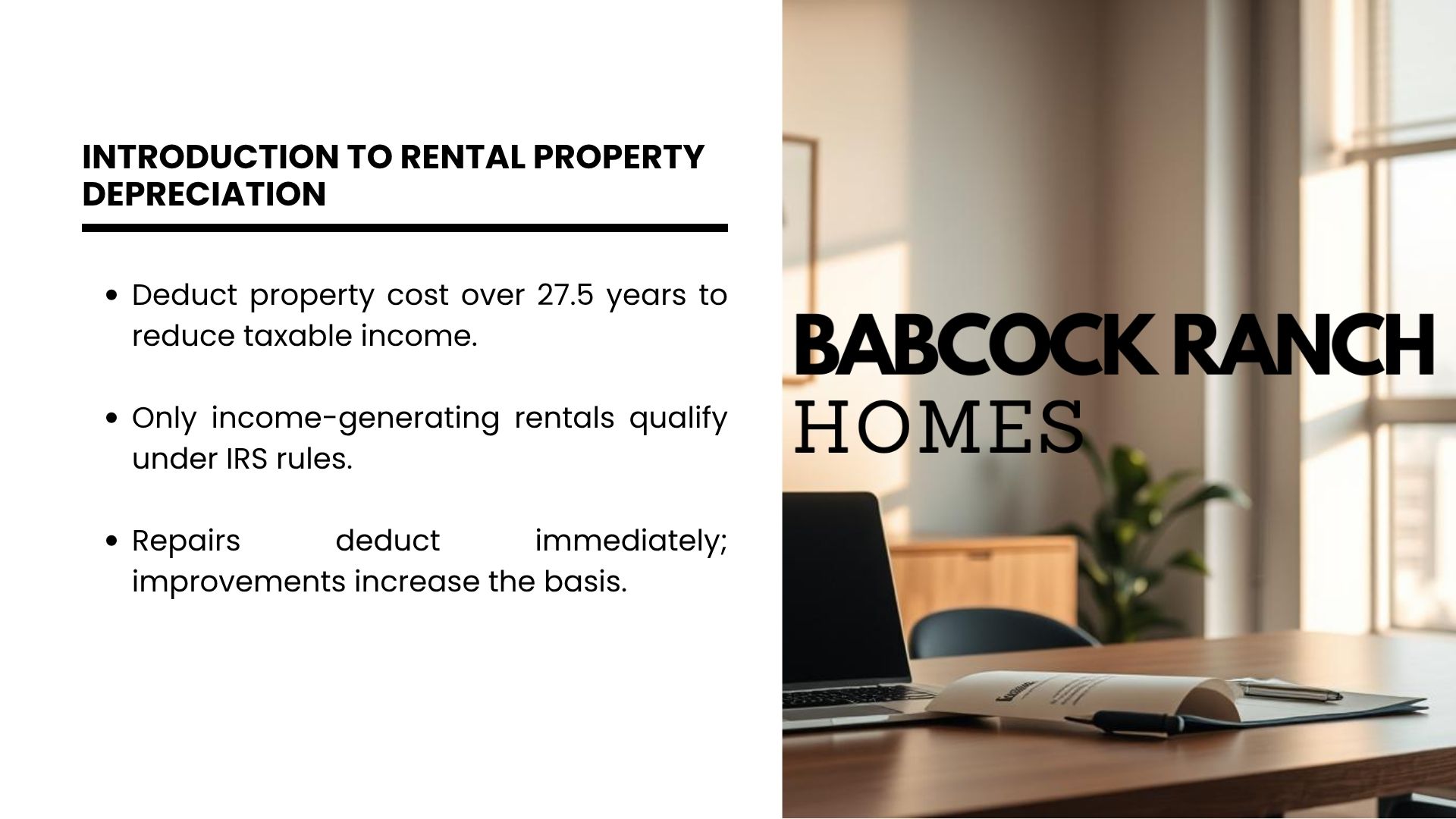
The IRS requires properties to generate income to qualify. Once your rental becomes operational, you can spread its cost basis (purchase price minus land value) over 27.5 years. This annual deduction reduces taxable income while preserving cash flow for maintenance or upgrades.
Not all expenses work the same. Repairs like fixing leaks are immediate deductions, while improvements (new roofs, HVAC systems) get added to the property’s basis. This distinction matters—it affects how much you deduct each year.
“The concept dates back to 1920s tax reforms, evolving into today’s structured approach for asset cost recovery.”
Newcomers and seasoned investors alike benefit from grasping these fundamentals. Later sections will dive into MACRS calculations, form filings, and strategies to avoid recapture surprises. Knowledge here transforms complex rules into actionable tools for financial growth.
What is Depreciation in Real Estate?
Smart investors recognize depreciation as a financial tool, not just an accounting term. This strategic approach allows gradual cost recovery for buildings and improvements, transforming physical wear into annual tax deductions.
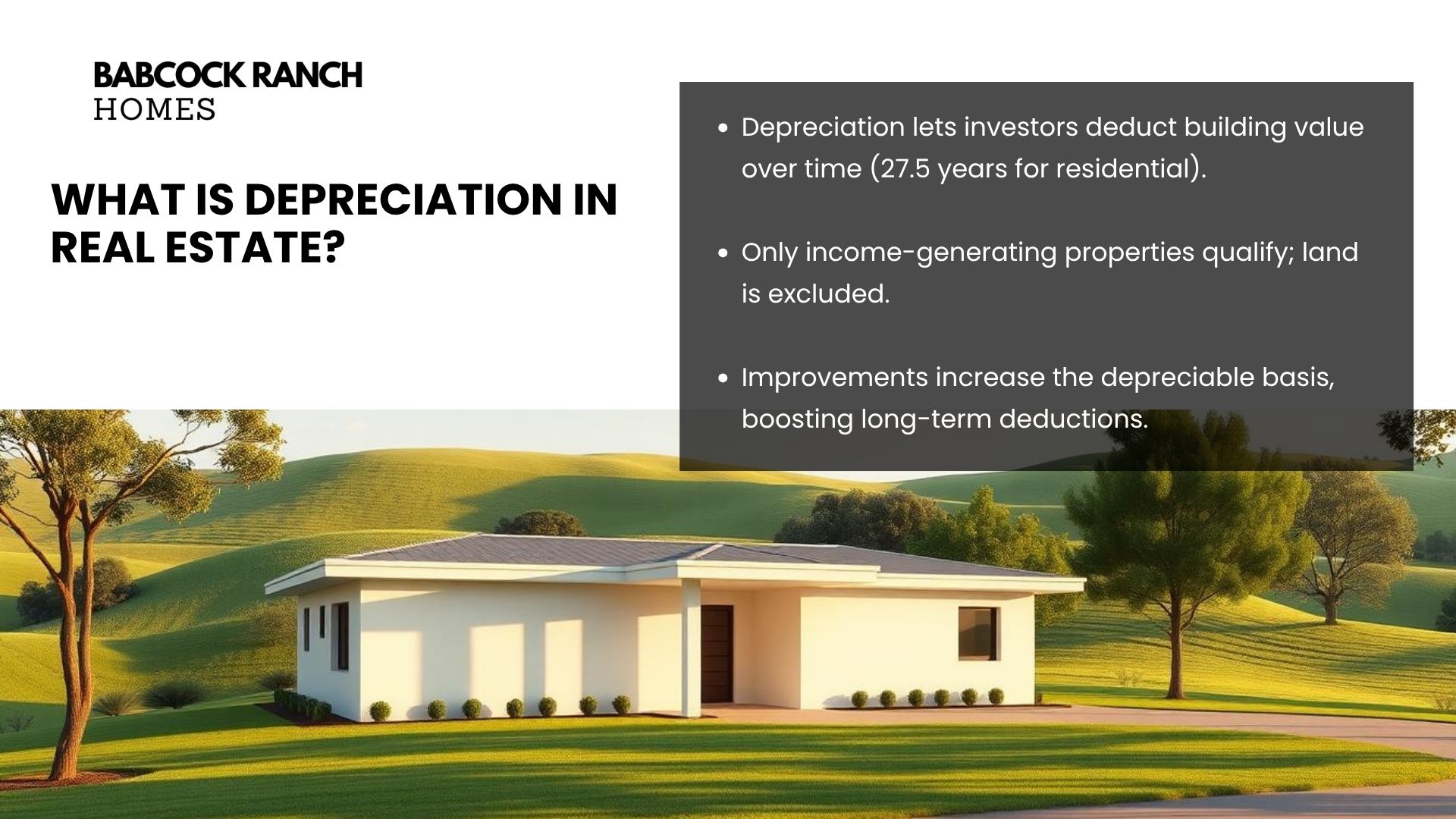
Defining Depreciation for Investors
The IRS permits property owners to deduct a portion of a building’s value each year. Unlike market fluctuations, this tax depreciation reflects calculated wear over 27.5 years for residential rentals. Land value remains excluded since it doesn’t deteriorate.
Key distinctions matter here. Market value can rise while tax deductions continue—they’re based on original purchase price minus land costs. For example, a $300,000 duplex with $60,000 land value has a $240,000 depreciable basis.
“Only assets generating rental income qualify,” notes IRS Publication 527. “Personal use properties lose this benefit.”
Useful life periods determine deduction timelines. Residential structures follow 27.5-year schedules, while commercial buildings use 39 years. These timelines help investors forecast long-term savings and evaluate potential purchases.
Strategic planning balances immediate tax relief with future sale implications. Savvy owners track improvements like roof replacements or kitchen upgrades—these extend a property’s depreciable basis. Partnering with experts ensures compliance while maximizing deductions year after year.
Importance of Depreciation in Real Estate Investments
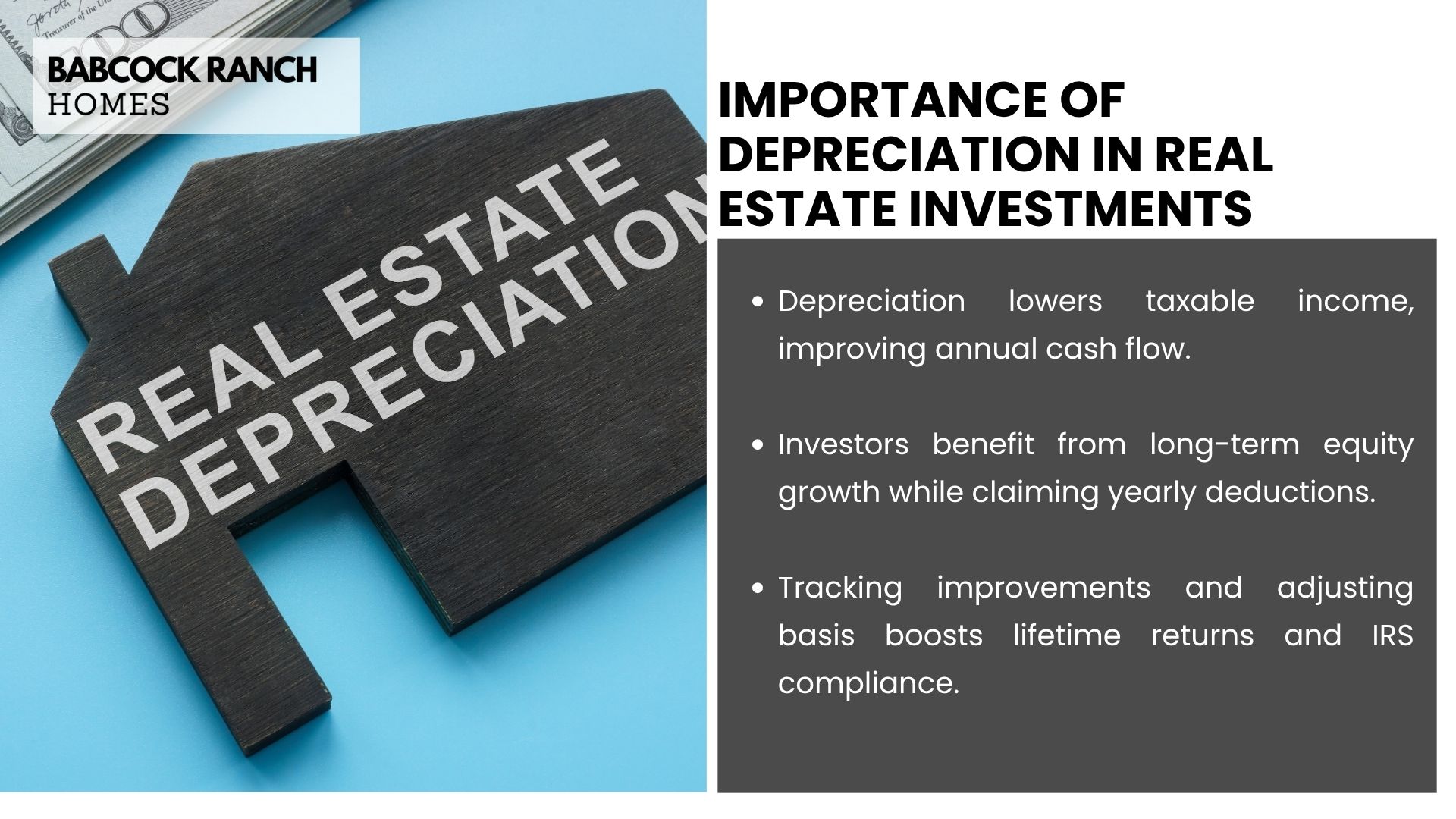
Savvy investors unlock hidden value in rental properties through strategic depreciation planning. This accounting method transforms building wear into annual tax deductions, creating a dual advantage for portfolio growth.
Immediate cash flow improvements come from reduced taxable income. For a $250,000 residential property (excluding land), owners deduct over $9,000 yearly—directly lowering their IRS bill. These savings often cover maintenance costs or mortgage payments.
Long-term wealth building accelerates through preserved equity. While deductions lower current taxes, property values typically appreciate. Investors gain from both annual savings and eventual sale profits.
“Proper depreciation tracking can boost lifetime returns by 15-20% compared to investors who overlook this tool,” notes tax strategist Laura Simmons.
Successful investors treat depreciation as part of their capital management strategy. Regular basis adjustments for improvements extend deductions, while proper documentationprevents IRS issues. Partnering with specialists ensures maximum compliance and financial optimization.
Eligibility Criteria for Depreciation Deductions
Understanding IRS qualifications helps rental owners maximize tax benefits while avoiding compliance issues. Properties must meet three key tests:ownership status, income generation, and proper cost allocation between structures and land.
Ownership and Income-Producing Requirements
You must hold legal title to the asset, even with an outstanding mortgage. The property must generate rental income for most of the year—personal use exceeding 14 days annually disqualifies it. Vacation homes require meticulous documentation of rental activity versus personal occupancy.
“Owners cannot claim deductions for properties used primarily as personal residences,” clarifies IRS Publication 527. “Rental use must dominate the calendar year.”
Exclusions and Limitations
Land value remains excluded from calculations permanently. A $400,000 purchase with $100,000 land value leaves $300,000 for building depreciation. Capital improvements like kitchen remodels extend the depreciable basis, while basic repairs get deducted immediately.
Mixing personal and rental use creates complications. Investors should maintain separate accounts for income/expenses and retain receipts for six years. Partnering with tax professionalsensures accurate allocations and protects against audits.
Overview of Depreciation Systems in Real Estate
Choosing the right cost recovery method shapes your property’s financial trajectory. The IRS offers two primary frameworks: General Depreciation System (GDS) and Alternative Depreciation System (ADS). Each follows distinct rules for spreading asset costs across their useful lifespans.
Comparing GDS and ADS Frameworks
GDS accelerates deductions using the Modified Accelerated Cost Recovery System (MACRS). Residential rentals fall under a 27.5-year schedule, while commercial properties use 39 years. This system applies declining balance methods for faster early-year deductions.
| System | Recovery Period | Method | Common Uses |
|---|---|---|---|
| GDS | 27.5 years (residential) | Accelerated | Most rental properties |
| ADS | 40 years | Straight-line | Tax-exempt use properties |
| ADS | 30 years (commercial) | Straight-line | Listed property >50% biz use |
ADS extends timelines and uses straight-line calculations. This system often applies to properties with tax-exempt usage or foreign investors. Annual deductions shrink but spread over longer periods.
Your business structure dictates system eligibility. For example, farms using pollution control equipment might require ADS. Proper accounting ensures compliance while maximizing cash flow advantages.
“GDS delivers 40% higher annual deductions than ADS during the first decade,” states IRS compliance expert Mark Tully. “But system choices carry long-term tax consequences.”
Strategic selection balances immediate tax savings with future sale considerations. Investors should consult professionals when properties have mixed-use applications or complex ownership structures.
Modified Accelerated Cost Recovery System (MACRS) Explained
Investors seeking tax advantages often turn to structured cost recovery systems. MACRS governs how rental assets lose value over time for IRS purposes. This framework accelerates deductions early in a property’s life while maintaining compliance.
Understanding Recovery Periods and Depreciation Methods
The system assigns specific timelines based on asset type. Residential rentals use a 27.5-year schedule under GDS rules. Commercial buildings follow 39-year plans, while land improvements have separate 15-year cycles.
MACRS calculations typically employ two approaches:
| Method | Depreciation Rate | Best For |
|---|---|---|
| Straight-Line | Equal annual deductions | Simplified long-term planning |
| Accelerated (200% DB) | Higher early-year rates | Maximizing initial tax savings |
| Accelerated (150% DB) | Moderate front-loading | Farm properties or specific asset classes |
“Selecting between MACRS methods requires understanding both immediate savings and long-term financial planning,” advises tax consultant Emily Rodriguez.
Annual depreciation deductions shrink taxable income significantly. A $275,000 residential building generates $10,000 yearly write-offs using the 27.5-year rule. These savings compound when applied across multiple investment properties.
New investors should consult professionals when choosing methods. The right strategy balances current tax benefits with future sale considerations, ensuring optimal wealth growth over decades.
Calculating Your Annual Depreciation
Accurate cost recovery calculations transform property investments into predictable wealth-building tools. By breaking down costs into yearly deductions, investors gain clarity on tax savings and long-term planning.
Determining the Depreciable Basis
Start with the property’s total purchaseprice. Add closing costs like title fees and legal expenses. Include capital improvements—kitchen remodels or roof replacements count here. Subtract land value since it never loses deductible value.
Example breakdown:
- Purchase price: $350,000
- Closing costs: $5,200
- Land value: $50,000
- Improvements: $15,000
Depreciable basis = ($350,000 + $5,200 + $15,000) – $50,000 = $320,200
Step-by-Step Calculation Example
Divide the basis by 27.5 years for residential properties. Our example yields $320,200 ÷ 27.5 = $11,643 annual deduction. First-year deductions adjust if you bought mid-year using IRS mid-month rules.
“A March 15 closing date allows 9.5 months of deductions—$11,643 × (9.5/12) = $9,217 first-year amount,” explains CPA David Chen.
Track improvements separately—they extend your basis and increase yearly savings. Use spreadsheets or property management software to maintain precise records. This discipline protects against audits while maximizing money retained through tax reductions.
Smart investors review calculations annually, especially after major renovations. Babcock Ranch Homes specialistshelp clients optimize these figures, turning complex math into actionable financial advantages.
The Mid-Month Convention in Depreciation Calculation
Timing plays a crucial role in maximizing depreciation benefits. The IRS mid-month convention assumes properties become operational on the 15th of their in-service month, regardless of actual purchase dates. This rule simplifies tax reporting while creating predictable deduction patterns.
For example, a rental placed in service on June 10 receives 6.5 months of first-year deductions. Closing on June 20? The IRS still counts it as starting June 15. This standardized approach prevents disputes over exact dates while maintaining fair treatment across all filings.
“The convention ensures equitable deductions regardless of closing date quirks,” explains tax attorney Rebecca Moore. “Investors gain consistency, and the IRS reduces audit triggers.”
Final-year calculations follow similar logic. Selling a property on March 5 allows 2.5 months of deductions for that tax year. These prorated amounts require precise tracking to avoid overclaiming benefits.
Consider this scenario:
- Property placed in service: September 8, 2024
- Depreciable basis: $275,000
- First-year deduction: ($275,000 ÷ 27.5) × (3.5/12) = $3,083
While simplifying compliance, the mid-month rule demands attention to timing nuances. Investors should consult professionals when coordinating purchases near month-ends or planning multi-property acquisitions.
Reporting Depreciation on IRS Tax Forms
Proper tax reporting transforms depreciation from a concept into concrete savings. The IRS mandates documenting these deductions annually, even if you choose not to claim them. Two forms handle this process: Schedule E for income/expense tracking and Form 4562 for depreciation specifics.
Schedule E and Form 4562 Filing Requirements
Schedule E captures rental income and operating costs. Line 18 specifically lists annual depreciation amounts. This form creates a clear paper trail connecting deductions to property earnings.
Form 4562 details depreciation methods and timelines. Investors complete Part III for residential rentals, reporting:
- Property type and in-service date
- Depreciable basis (cost minus land value)
- Recovery period (27.5 years for residential)
“Failing to file Form 4562 when required can trigger audits,” warns IRS Publication 527. “All rental properties must report depreciation annually.”
Incorrect filings risk two penalties: lost deductions and future recapture taxes. The IRS automatically reduces your property’s basis by allowable depreciation amounts, even if unclaimed. Consistent accounting practices prevent discrepancies during audits or sales.
Maintain records showing purchase dates, improvement costs, and depreciation calculations. Digital tools simplify tracking, but consulting a tax professional ensures compliance with evolving regulations. Their expertise helps maximize savings while avoiding costly errors.
Navigating Depreciation Recapture on Sales

When selling investment properties, many owners face unexpected tax consequences from past deductions. The IRS requires repayment of certain benefits through depreciation recapture—a process that impacts profits and long-term wealth strategies.
Understanding Recapture Mechanics
Recapture occurs when a property sells for more than its adjusted basis. The IRS taxes previously claimed deductions at rates up to 25%, separate from standard capital gains. This reclaims tax benefits received during ownership years.
| Tax Type | Tax Rate | Applies To |
| Depreciation Recapture | Up to 25% | Total deductions claimed |
| Capital Gains | 0-20% | Profit exceeding original basis |
Consider a $400,000 rental sold for $500,000 after claiming $100,000 in deductions. The owner owes 25% ($25,000) on recaptured amounts plus capital gains taxes on the remaining $100,000 profit.
“Investors often overlook recapture until closing,” warns CPA Michelle Tanaka. “Proactive planning preserves more equity during transitions.”
Smart Deferral Strategies
1031 exchangesallow reinvesting sale proceeds into similar properties while deferring taxes. This IRS-approved method requires identifying replacement assets within 45 days and closing within 180 days.
Key considerations for successful deferrals:
- Strict compliance with exchange timelines
- Equal or greater property value
- Reinvestment of all sale proceeds
Consulting tax professionals early helps balance immediate cash needs with future obligations. Strategic timing of sales and improvements can further reduce taxable gains.
Avoiding Common Depreciation Mistakes and Pitfalls
Property investors often discover costly tax errors only during audits—errors rooted in depreciation missteps. Three frequent slipups include misallocating land value, miscalculating in-service dates, and misclassifying improvement expenses. These oversights trigger IRS scrutiny and reduce long-term savings.

Separating land value from building costs remains critical. A $400,000 purchase with $100,000 allocated to land leaves $300,000 for depreciation. Including land value inflates deductions illegally, risking penalties during audits.
Starting depreciation based on purchase dates instead of in-service timing creates another pitfall. The IRS requires using the mid-month convention when the property becomes rent-ready. Delaying this start date by weeks could forfeit months of deductions.
“Nearly 40% of amended returns we process involve incorrect expense categorization,” notes CPA Linda Harper. “Repairs versus improvements confusion tops the list.”
Fixing a leaky faucet qualifies as an immediate repair expense. Replacing all plumbing becomes a capital improvement added to the property’s basis. Clear documentation prevents misclassification during tax filings.
Digital tools simplify tracking improvement receipts and depreciation schedules. Investors should retain records for six years post-sale. Regular reviews with tax professionals ensure compliance with evolving rules while maximizing deductions.
Proactive accounting practices transform depreciation from a compliance burden into a strategic advantage. Partnering with specialists helps investors avoid recapture surprises and maintain audit-ready documentation throughout ownership periods.
Depreciation for Property Improvements and Additions
Property upgrades require smart expense categorization to maximize tax benefits. Routine maintenance and major renovations differ in how they impact your tax strategy. Knowing these distinctions helps investors optimize deductions while maintaining compliance.

Distinguishing Repairs from Capital Improvements
Repairs restore functionality without enhancing value. Fixing a broken window or repainting walls qualify as immediate deductions. These costs get fully written off in the year they occur.
Capital improvements boost property value or extend its lifespan. Installing energy-efficient HVAC systems or remodeling kitchens fall into this category. These expenses get added to your property’s basis and depreciated over time.
| Expense Type | Tax Treatment | Examples |
|---|---|---|
| Repairs | Full deduction in current year | Leak repairs, appliance fixes |
| Capital Improvements | Depreciated over 27.5 years | Roof replacement, room additions |
“Misclassifying a $15,000 kitchen remodel as a repair could trigger an audit and penalties,” warns CPA Daniel Reeves. “Proper categorization protects your deductions.”
Improvements increase your property’s adjusted basis, which reduces taxable gains during sales. Detailed records of receipts and contractor invoices prove essential during IRS reviews. Digital tools simplify tracking these costs across ownership years.
Investors should consult tax professionals when planning major upgrades. Strategic categorization preserves cash flow while aligning with long-term wealth-building goals.
Tools and Software for Efficient Depreciation Management
Modern technology transforms complex depreciation tracking into streamlined workflows. Specialized software eliminates manual calculations, reducing errors while ensuring IRS compliance. These tools automate updates for tax law changes and multiple depreciation methods.
Leveraging Technology for Accurate Depreciation Tracking
Advanced platforms handle critical tasks:
| Software Feature | Benefit | Example Use |
|---|---|---|
| Automated MACRS Calculations | Precise annual deductions | Residential property basis allocation |
| IRS Report Generation | Schedule E and Form 4562 prep | Multi-state portfolio management |
| Improvement Tracking | Basis adjustments | Kitchen remodel cost allocation |
“Cloud-based systems cut tracking time by 70% compared to spreadsheets,” says CPA Angela Rivera. “Real-time updates prevent costly miscalculations.”
These tools sync with accounting software, merging depreciation data with other expenses. Investors gain a unified view of cash flow and tax obligations. Automatic alerts notify users aboutrecapture thresholds or missed deductions.
Key advantages include:
- Audit-ready documentation for all assets
- Customizable recovery period settings
- Mobile access for on-site updates
Property managers save hours monthly while improving accuracy. Integrating these solutions optimizes long-term investment strategies and minimizes audit risks.
Depreciation Strategies for Real Estate Investors
Strategic tax planning separates average investors from portfolio powerhouses. Savvy operators combine annual deductions with long-term equity growth tactics, creating layered financial advantages. These methods require precise execution but yield compounded benefits over decades.
Optimizing Deductions Through Smart Planning
Cost segregation studies unlock accelerated deductions by identifying short-life components. Lighting systems, appliances, and landscaping often qualify for 5-15 year recovery periods instead of 27.5 years. This front-loads deductions while maintaining compliance.
| Strategy | Benefit | Best For |
|---|---|---|
| Bonus Depreciation | Immediate 80% deduction on eligible improvements | Properties purchased post-2017 |
| Routine Maintenance | Full annual expense write-offs | Small-scale repairs under $2,500 |
| Energy Credits | Tax credits + depreciation | Solar installations, HVAC upgrades |
Timing property improvementsbefore year-end maximizes current-year deductions. A $50,000 roof replacement in December generates immediate savings versus January installations.
Tax Deferral Through Reinvestment
1031 exchanges let investors roll sale proceeds into new properties while deferring capital gains and recapture taxes. This preserves capital for larger acquisitions without immediate tax hits.
“A client deferred $142,000 in taxes by exchanging a duplex into a fourplex,” shares CPA Marcus Wheeler. “Their cash flow doubled while maintaining depreciation benefits.”
Key exchange rules include:
- 45-day identification window for replacement properties
- 180-day closing deadline
- Equal or greater mortgage debt on new asset
Combining these strategies creates a wealth acceleration loop. Annual deductions lower taxable rental income, while 1031 moves delay taxes during portfolio upgrades. Regular consultations with tax professionals ensure strategies align with evolving IRS guidelines.
Case Examples and Expert Insights on Depreciation
How do actual investors turn tax rules into cash? Let’s examine proven strategies through real-world scenarios—and costly missteps to avoid.
Real-Life Scenarios and Best Practices
A Tampa investor purchased a $400,000 duplex with $80,000 land value. Their cost segregation study identified $45,000 in shorter-life assets (appliances, landscaping). This split accelerated deductions:
- $255,000 building basis: $9,273 annual deduction (27.5 years)
- $45,000 improvements: $9,000 yearly (5-year schedule)
Over five years, they claimed $63,365 in write-offs—42% more than standard methods. Tax savings funded a kitchen upgrade, boosting rental income by 12%.
“Documentation separates success from IRS disputes,” emphasizes tax strategist Rachel Nguyen. “I require clients to photograph improvements and timestamp receipts digitally.”
Contrast this with an Orlando investor who neglected land allocation. They depreciated a $375,000 property’s full purchase price. During sale, the IRS recaptured $58,000 in excess deductions plus penalties. Proper basis tracking could have saved $19,400.
| Scenario | Action | Outcome |
|---|---|---|
| Successful | Cost segregation + 1031 exchange | Deferred $112k taxes |
| Problematic | No improvement records | $27k audit adjustment |
Market shifts demand adaptability. When Miami rents dipped 8% last year, savvy owners offset losses with bonus depreciation on hurricane-resistant windows. This dual approach maintained cash flow while increasing asset value.
Key takeaways from 50+ client portfolios:
- Annual basis reviews catch missed deductions
- Digital photo logs simplify audit defenses
- Partial 1031 exchanges protect equity during downturns
Conclusion
Strategic depreciation management unlocks hidden value in every real estate portfolio. This guide has equipped you with essential tools to navigate cost recovery timelines, IRS compliance, and long-term wealth-building strategies.
Proper documentation and accurate calculations form the foundation of successful tax planning. Remember eligibility rules: only income-generating properties qualify, with land value excluded. Annual deductions spread over 27.5 years create predictable savings while preserving equity growth.
Florida investors gain distinct advantages through localized expertise. Babcock Ranch Homes specialists help balance immediate tax benefits with future sale considerations. Their guidance ensures optimized deductions and compliance with evolving regulations.
Key actions for sustained success:
- Review basis calculations after major improvements
- Use software for error-free tracking across multiple properties
- Consult professionals when planning 1031 exchanges
These practices transform complex rules into actionable financial advantages. Over time, disciplined management compounds savings while minimizing audit risks.
Ready to maximize your property’s potential? ContactBabcock Ranch Homes at 518-569-7173




